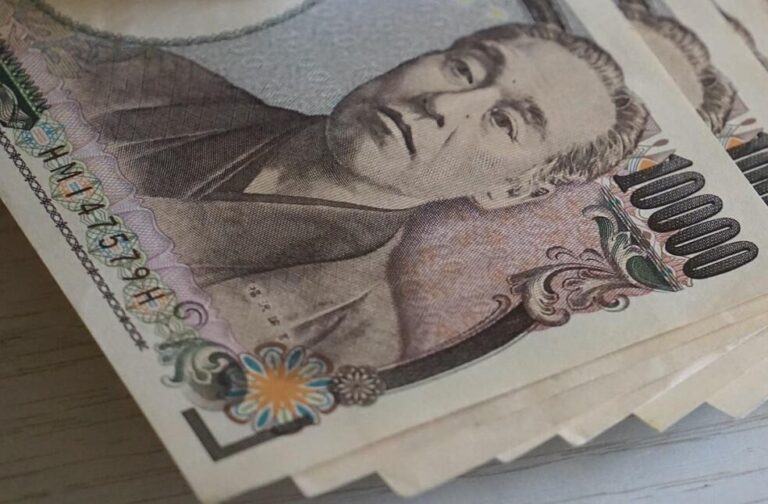Tokyo, Japan: In October, Japan recorded its 15th consecutive month of a trade imbalance as both imports and exports reached all-time highs in response to rising energy and food prices along with a falling yen.
According to the Finance Ministry, the deficit for the month of October was $15 billion, the highest after similar data collection began in 1979. The significant gap occurred despite exports growing well last month, rising 25.3 percent to $64 billion over the same month the previous year. Vehicles, medical supplies, and electrical apparatus were among the export-boosting goods.

Compared to the last year, imports increased by 53.5 percent to $79 billion. Japan is dependent on both energy and food imports at a time when inflation pressures have been rising globally. Since the coronavirus epidemic began, industrial disruptions and other issues have contributed to changes in Japan’s trade balance.
The dropping value of the Japanese yen is another important factor in the rising cost of imports. The American dollar has recently increased to around 150 yen from its previous price of around 110 yen. The decline has slowed recently, and the dollar currently costs about 140 yen.
By nation, Exports to the United States and Asia, particularly Indonesia, Vietnam, and South Korea, increased in October. These countries’ imports increased together with those from Taiwan, Malaysia, and Germany. Middle Eastern imports increased by 87 percent.

The current significant increase in energy prices is a result of the war in Ukraine as well as other global issues. Japan imports almost all its oil. Giant exporters from Japan like Toyota and Nintendo benefit significantly from the weak yen since it increases the value of foreign earnings when converted to yen. However, these benefits frequently aren’t sufficient to offset the rising prices of components, energy, raw materials, and other commodities.



